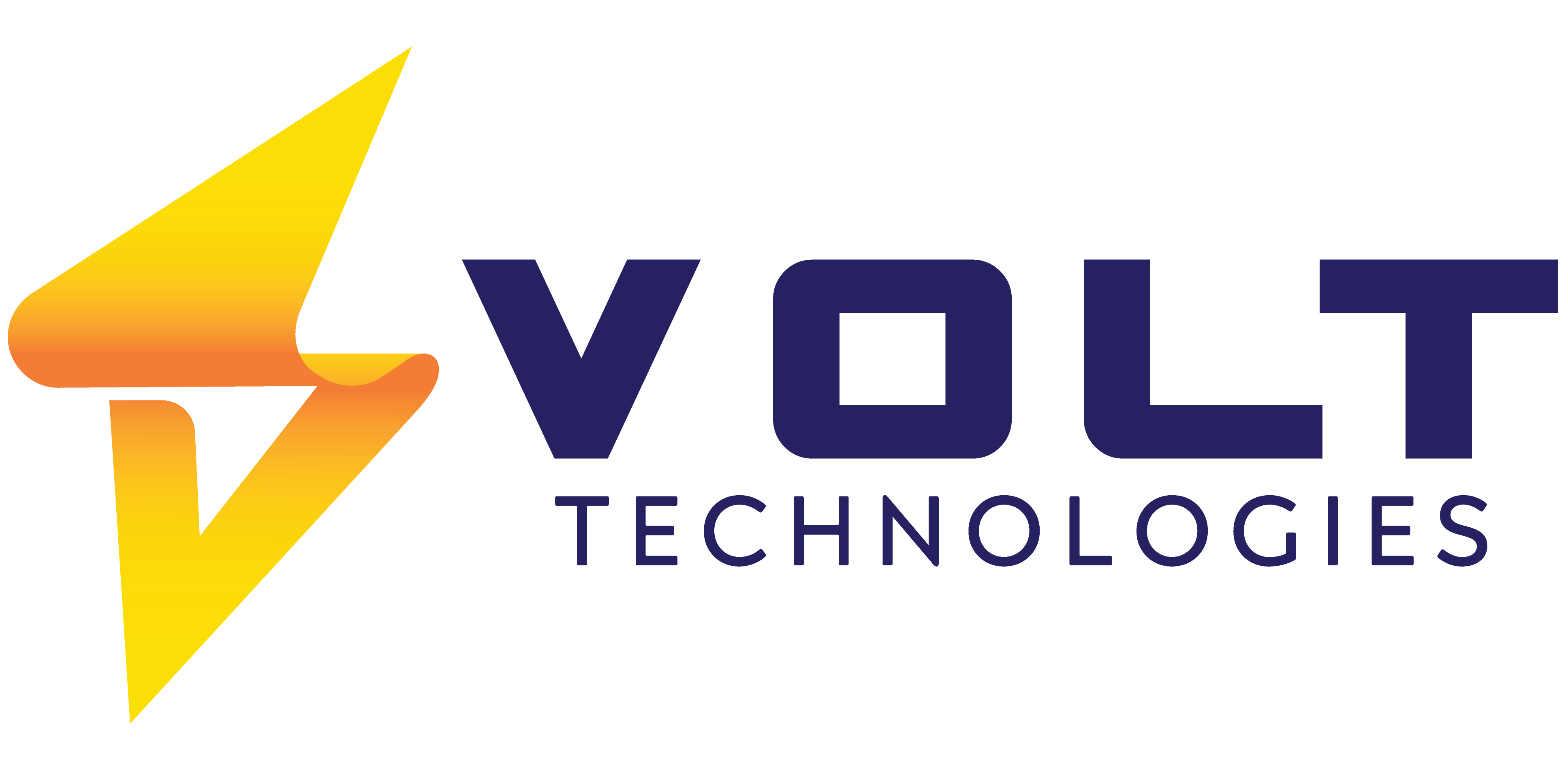Sister Companies, One Playbook: A Program Approach to Multi-Entity Transformation
Reusable Architecture:
One codebase and data model accelerated the second implementation and set the stage for future entities.
Control & Compliance Upstream:
Credit-limit approvals, pricing governance, and automated postings reduced AR exposure and errors.
Scalable Analytics:
Shared Power BI and automation patterns delivered portfolio-wide visibility and faster closes.
Executive Summary
Two related organizations, one a vertically integrated manufacturer, the other a multi-location distributor, partnered with Volt to migrate from legacy platforms to Microsoft Dynamics 365 Business Central. Volt ran a coordinated program, not just projects, leveraging a shared cloud architecture, reusable extensions, and a consolidated data model to accelerate outcomes and reduce risk across both go-lives. This program-driven approach provided a scalable blueprint for future transformations, ensuring consistent quality and delivery across the portfolio.
Business Context & Challenges
The manufacturer needed end-to-end visibility across plants, showrooms, and dispatch; the distributor needed to replace fragmented systems, unify entities, and align to the sister company’s platform. Both struggled with limited real-time insight, manual processes, and reporting bottlenecks that constrained growth and operational agility. By coordinating across both organizations, Volt uncovered overlapping challenges that could be solved once and applied program wide,reducing rework and duplication of effort.
Program-Level Solution
Volt established a cross-company roadmap and governance model, then implemented Business Central in a staged sequence, manufacturer first, distributor second, reusing the clean codebase, data patterns, and testing scripts. The program delivered common services (Azure hosting, Power BI models, automation, pricing and credit controls, payroll/bank integrations) while tailoring processes to each operation, enabling consistency where it mattered and flexibility where it counted. This program-level governance reduced risk, improved efficiency, and created a repeatable methodology for future multi-entity rollouts.
Portfolio-Grade Benefits
The unified platform reduced duplicate effort, accelerated month-end and reporting cycles, and improved working-capital controls through approval workflows and automated invoicing/ACH. Shared architecture lowered total cost of ownership, enabled faster onboarding of new entities, and provided a repeatable playbook for future roll-ups, consolidations, or carve-ins. For leadership teams, this meant the ability to run both companies on a single source of truth, while still giving each entity the flexibility to manage its unique operations.



